Aunt Pant came to Costa Rica! We met up with her last night and enjoyed a wonderful dinner with her and Beth (at a very exclusive restaurant that required reservations!) where we heard all about their adventures with monkeys and lizards at Manuel Antonio before they came to the cloud forest.
Today we went on a couple of the more famous tours in Monteverde- the Don Juan 3-in-1 tour (and it was three of the best things ever- coffee, chocolate and sugarcane!) and the Monteverde Cheese Factory. Our coffee tour at Don Juan was fascinating and I learned more about coffee, chocolate and sugarcane than I even knew existed. And, because our guide went on a long tangent, we also learned a surprising amount about bananas and plantains. After what we assumed was an incorrect translation and subsequent googling, we also learned all about oxen- it turned out to be an incredibly educational day.
Coffee was discovered about 1500 years ago in Ethopia. A goat farmer noticed that after his goats chewed on the leaves of a certain tree they would get all crazy and not go to sleep. To find out what this mystery plant was, he took it too some nearby monks, who in those days were the authority on plants and pretty much everything else. The monks were unable to identify this interesting plant, but began to experiment with it. They found that when the leaves were steeped in water (almost as a tea) the resulting drink kept everyone awake! The leaves are actually the most caffeinated part of the coffee tree. So for some time, people would steep the leaves and create a highly caffeinated, watery drink. And then fate intervened and the roasting of the beans was discovered quite by accident- as most of the best things are! A large warehouse housing beans burned to the ground- while searching amongst the rubble the burned (roasted) coffee beans were found. Since the beans looked more or less the same as before the roasting, they were used to brew the beverage and it was found that the beans had more flavor and were less bitter than when they were green- and that is how coffee came to be! The people who made this wonderful discovery were the Arabs, so one of the two kinds of coffee was named after them- Arabica. Arabica beans are more flavorful and less bitter, but they do not produce high volumes. Robusta is the other kind- it produces a higher yield but a poorer quality crop. Costa Rica only grows Arabica beans. We learned many more interesting coffee facts:
- Only about 25% of the bean actually becomes coffee- this means for every 25 lbs of coffee beans picked the yield is only about 5 lbs of usable, roasted coffee beans.
- Coffee beans ripen at different times, even on the same tree, so the beans must be picked by hand when they are at the peak of ripeness. The beans are sorted in a water bath- the good ones sink and the under and over ripe beans float. These get skimmed off and the “good” beans are then weighed. A worker is paid by every 25 lbs of quality coffee beans he/she brings in per day.
- Don Juan is a very small coffee plantation; they only produce about 400 bags a year (each bag weighs in at ~60kg). Costa Rica only accounts for about 0.4% of the total coffee produced worldwide.
- Coffee can become bitter if it is exposed to too much wind or sun. One easy way to prevent this is to plant banana trees all over; they are basically weeds here and grow well. Their large leaves provide shade to the coffee plants. This is where our guide went on a long tangent about bananas- there are over 150 different kinds of bananas and they are very susceptible to mutation. As they mutate they can become starchier (the starchiest are fed to the pigs), plantains are very starchy and are mostly eaten cooked, the average bananas found in grocery stores are becoming more starchy and so they are on their way out- this is why you see the small bananas in grocery stores now, they are not as starchy yet.
- A coffee tree or shrub can live up to 150 years, but in Costa Rica they are replaced every 25-30 years. Their roots become very extensive, so a team of oxen is employed to pull up the coffee shrubs by the roots. Heavy machinery cannot be used as it compacts the earth too much, so a team of oxen is employed to pull up the coffee plants.
- Dried coffee beans are very small, green and very hard (we tried to bite through them, but none of us had any luck!) but they puff up as they roast!
After viewing the entire process of growing, picking, drying and roasting coffee we moved on to sugar cane- which is actually a grass from Asia. Fresh squeezed cane juice is only about 7% sugar. In order to turn it into the noxious stuff that we are used to the cane juice must be boiled down, centrifuged and bleached. We sampled raw sugar cane and watched as the juice was squeezed from the cane- our guide then squeezed a lime into the cane juice and we got a delicious sample!
Next, we moved on to the chocolate segment. Because chocolate is from the Americas, and sugar cane was from Asia, the original chocolate was not sweet. In fact, chocolate means “bitter bar” and was originally flavored with chilis. When processed, cocoa beans are first fermented, then dried, then roasted. We were shocked to find out that after it is roasted the fat is separated from the rest of the nibs- the end products being cocoa powder and cocoa butter. The cocoa butter is then used in cosmetics and a cheaper fat (such as vegetable oil) is added back into the cocoa powder to make a nice, creamy chocolate. Nothing like maximizing profit! It is a shame because chocolate taste much better with its own natural coco butter. We were given samples of all the stages- from the raw bean to ground cocoa nibs flavored with sugar and vanilla. We also got to sample white chocolate, chocolate covered coffee beans and all the coffee we could drink- yum!! Needless to say, after this tour we were really wound up and highly caffeinated!
We went to lunch at a little restaurant near the cheese factory. We were the only ones in the entire restaurant and yet we sat, and sat, and waited, and sat- it was more than half an hour from the time we ordered until the time we got our food. Time is very relative in Costa Rica- but it was fine, we had plenty of time and enjoyed a delicious meal of lasagna and pizza! While not exactly typical Costa Rican fare, most restaurants and even a few of the sodas (small, café type restaurants specializing in cheap, authentic food) offer Italian dishes.
Then we were off to the Monteverde Cheese Factory- a cheese factory opened by Quakers in 1953. Monteverde was founded by Quakers from Alabama. As pacificists they refused to sign up for the draft and were imprisoned for over year. After being released they came to Costa Rica (other options were considered and ruled out- Canada was too cold, Mexico only allowed Mexicans to purchase land and since Costa Rica had recently done away with their military it seemed like the perfect place). In order to make a living the Quakers wrote to the USDA to learn about making cheese and have since perfected their craft! Up until a year ago the factory was owned by the people of Costa Rice but due to money problems it was recently sold to a Mexican company- Sigma. We watched a slide show presentation, looked in on the cheese making room (the curds and whey were mixed by mechanical paddles- no sweaty cheese here!) and then got to try many different kinds. We were disappointed, and a little concerned, to learn that one of our favorite cheeses here- queso blanco, which comes with casados and breakfasts- is usually made at local farms from unpasteurized milk. The cows here are all free range and subsist on a grass diet. Every truckload of milk brought in to the Monteverde Cheese Factory is tested for hormones, water, chemicals and a multitude of other nasty things. Only after the milk has passed inspection is it allowed to be made into cheese. It was incredibly delicious cheese! We enjoyed every kind that we tried and I firmly believe one of the reasons for its wonderful flavor was the quality of the milk and the lack of hormones and chemicals in the cheese.
After our bellies were full of coffee, chocolate, cheese and the ice cream we may or may not have sampled (with milk that good, we simply had to try the ice cream- sooo worth it!!), we walked from Aunt Pant’s hotel up to the Monteverde Reserve, a distance of about a mile. While not great for burning off the excess calories, it was beautiful and peaceful. We saw tons of large, fuzzy, black caterpillars, a capybara and a monkey even crossed the road in front of us! We ate dinner with Aunt Pant and Beth at their hotel and then, exhausted, caught a cab back to our cabina.
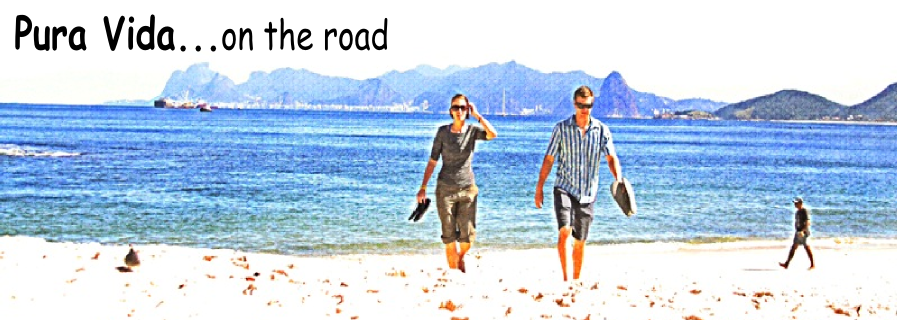
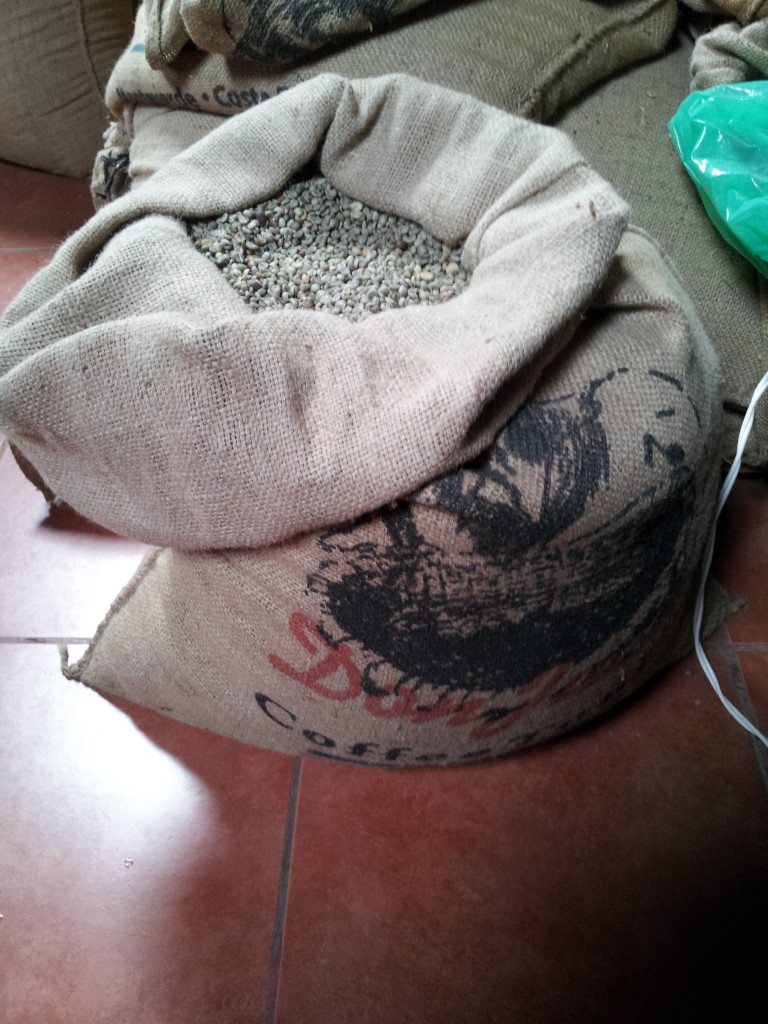
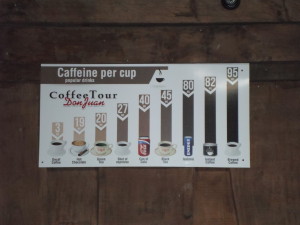

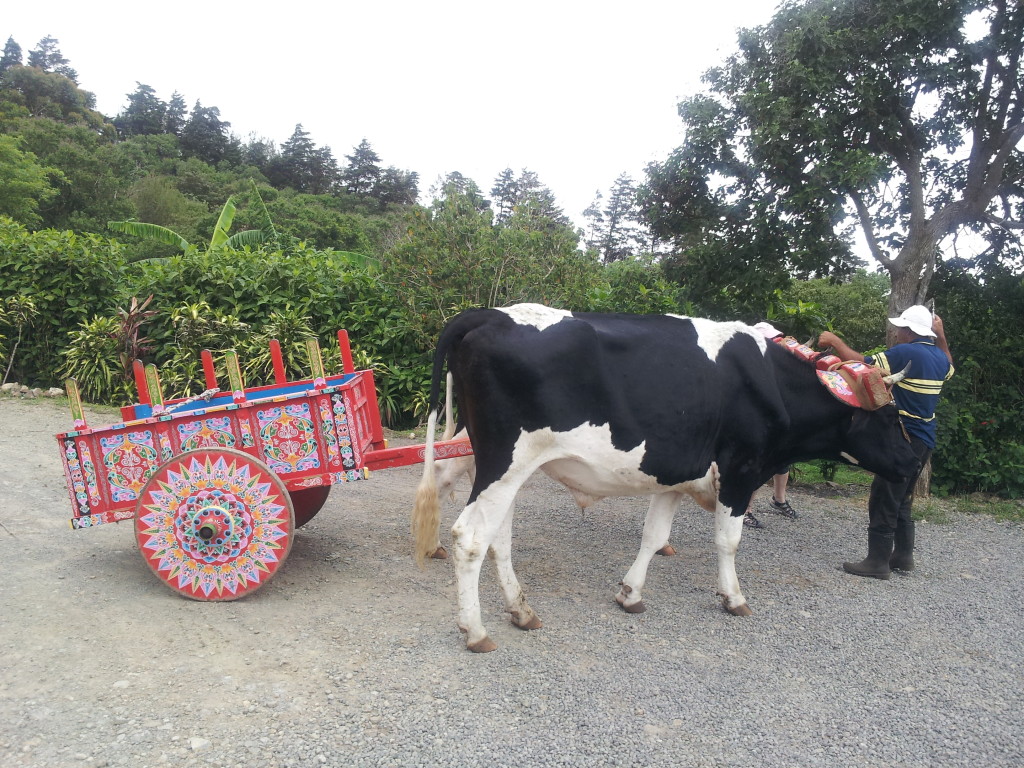

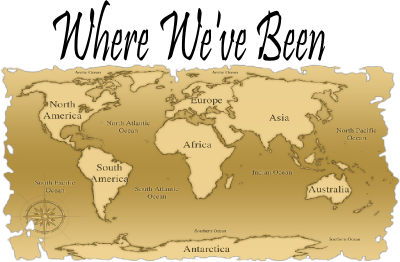
Comments on this entry are closed.